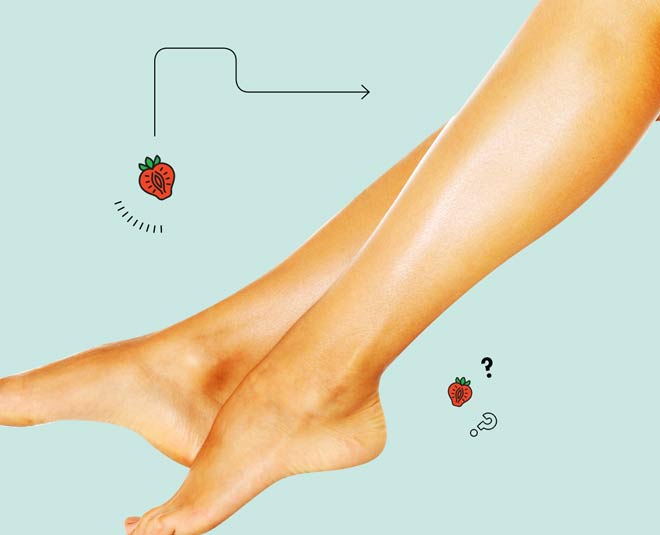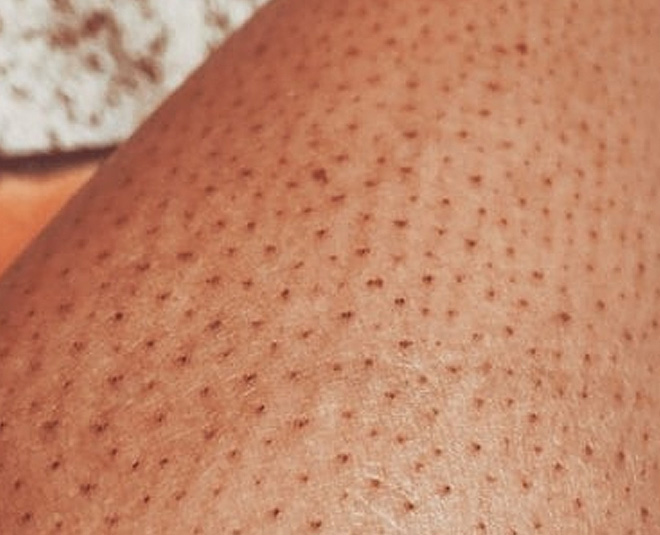
In extreme cases, poor shaving habits that lead to razor burn can also lead to folliculitis, an infection of the hair follicles that causes redness and bumpiness at the hair follicle and can leave behind residual scarring and hyperpigmentation, Dr.

Hadley King says that strawberry legs goes hand in hand with razor burn and ingrown hairs, both of which occur as a result of using an old, dull razor or shaving sans shaving cream. New York City-based board-certified dermatologist Dr. The main culprit of strawberry legs? Shaving.
Strawberry legs how to#
To get rid of strawberry legs, you’ll have to get to the source of those clogged follicles.īelow, find out everything you need to know about what’s causing these dots, as well as how to treat and prevent them. When they become oxidized (a.k.a they’re exposed to air), they take on a darkened look, and “when you have many of these appearing in the same area, they can give the appearance of the pitted, seeded surface of a strawberry,” says Dr. Technically, strawberry legs are open comedones that are clogged with oil, dirt, and debris. They’re called strawberry legs because “they can resemble the pitted surface of a strawberry,” says Dr. Tiffany Libby explains, the term refers to small dark spots that appear when follicles or pores get clogged.

As board-certified dermatologist and Mohs surgeon Dr. Strawberry legs itself is more of a nuisance than cause for concern, and has a number of causes and (thankfully) treatments that can help minimize their appearance. If you’ve ever glanced down at your legs only to be met with a cluster of tiny, discolored dots scouring the surface of your skin, you may be one of many dealing with the condition. When thinking about all the food items skin has been compared to (read: mochi and chicken skin), the term strawberry legs won’t come as a surprise.


 0 kommentar(er)
0 kommentar(er)
